Does PPF protect against UV damage and paint fading?
Yes, high-quality PPF effectively protects against UV damage and paint fading. Modern paint protection films block 93-99% of harmful UV radiation, significantly reducing photodegradation that causes oxidation, discoloration, and clear coat failure.
Technical Protection Mechanisms
PPF achieves UV protection through integrated UV-absorbing additives embedded within the polyurethane matrix. These chemical compounds capture ultraviolet photons and convert harmful radiation into harmless thermal energy through excited-state intramolecular proton transfer. This process prevents UV rays from penetrating to the underlying paint surface.
The film's aliphatic polyurethane construction provides inherent UV stability, resisting yellowing and molecular breakdown that affects inferior materials. Additionally, fluoropolymer top coats enhance UV resistance while maintaining optical clarity, creating a dual-layer defense system against photochemical degradation.

Quantified Protection Benefits
Studies demonstrate PPF reduces UV exposure by up to 95%, dramatically slowing paint oxidation processes. The film's UV transmission rating typically measures less than 1%, meaning virtually no damaging radiation reaches the protected surface. This translates to extended paint longevity of 7-10 years compared to unprotected surfaces.
Performance Validation
Laboratory testing confirms PPF maintains its UV-blocking effectiveness throughout its lifespan. The film undergoes rigorous accelerated weathering tests to certify protection claims, ensuring consistent performance under real-world conditions. This technology effectively preserves original paint vibrancy while preventing the costly degradation that necessitates refinishing or reduces vehicle value.



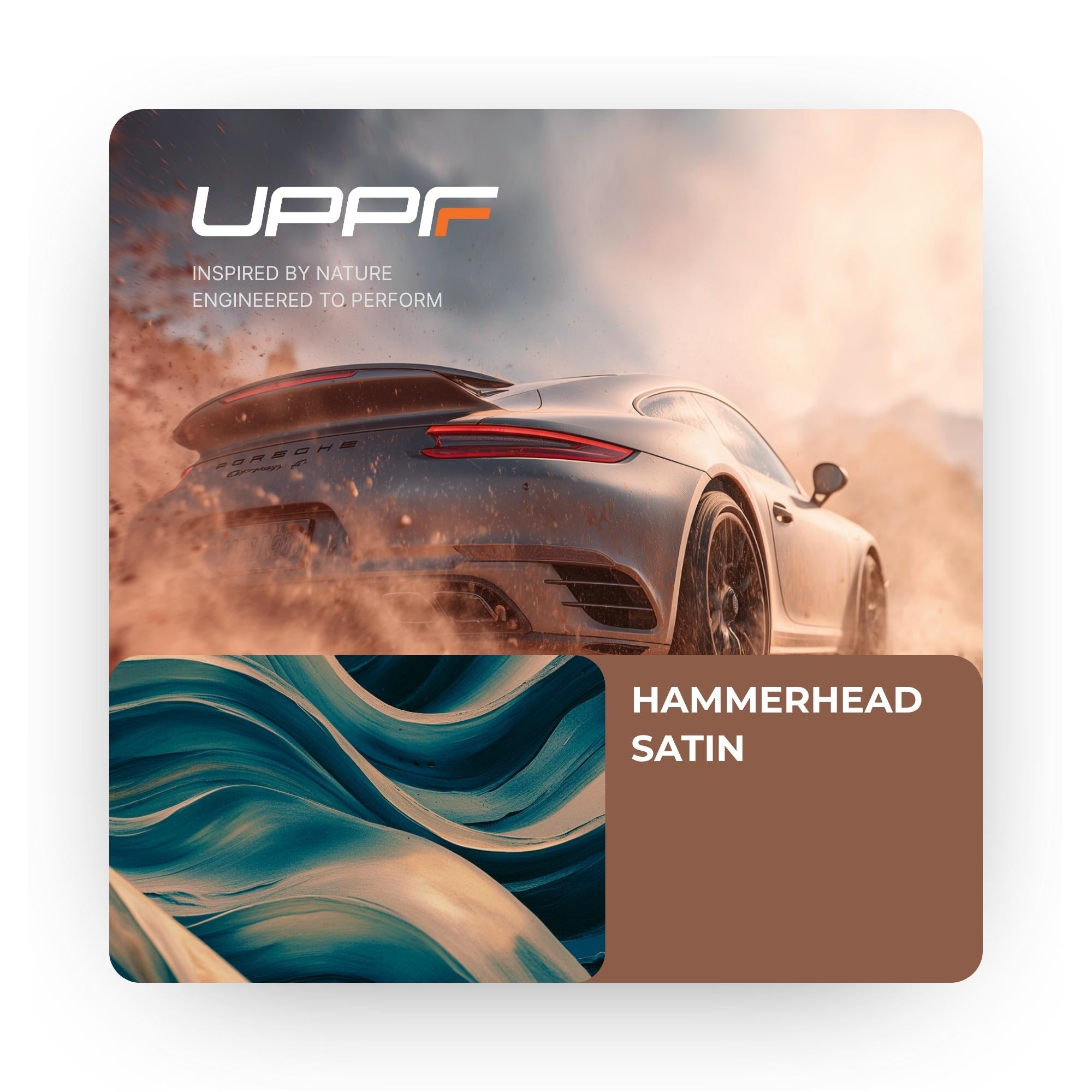
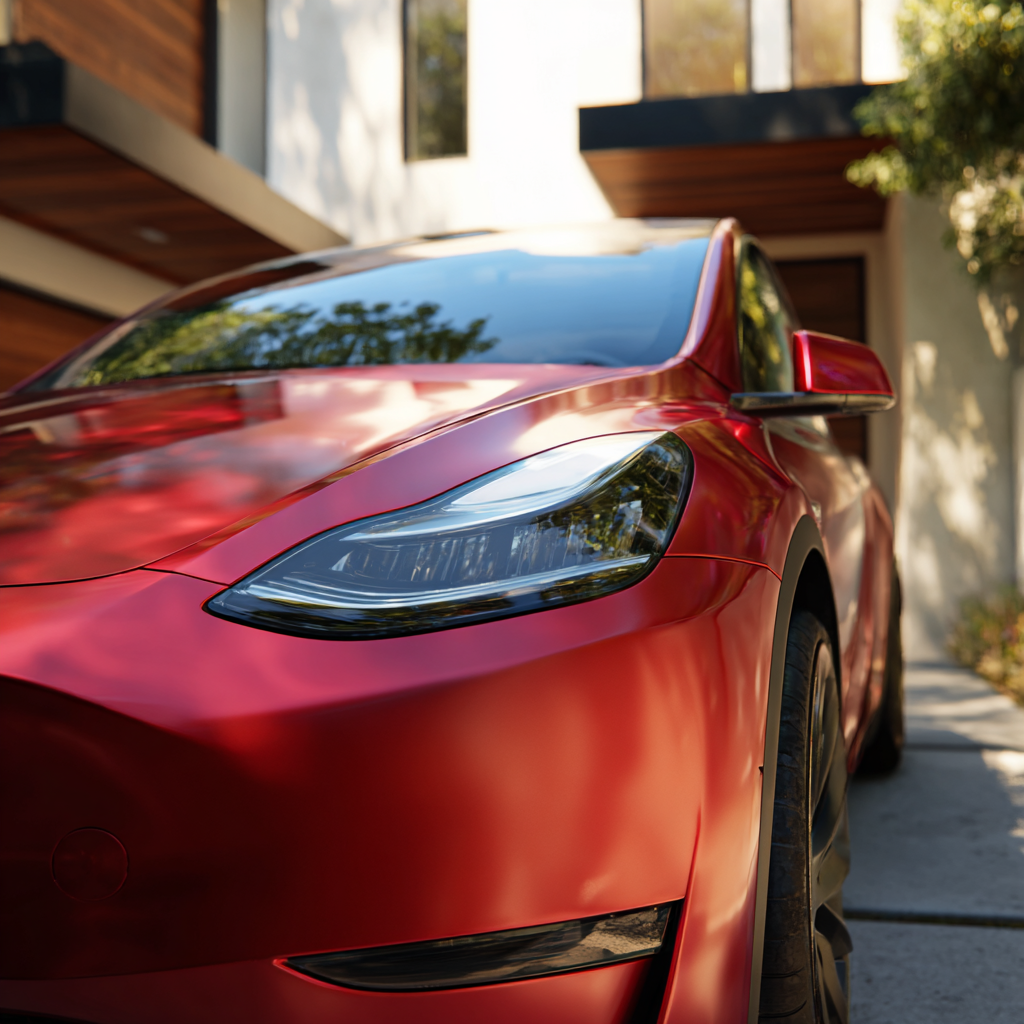

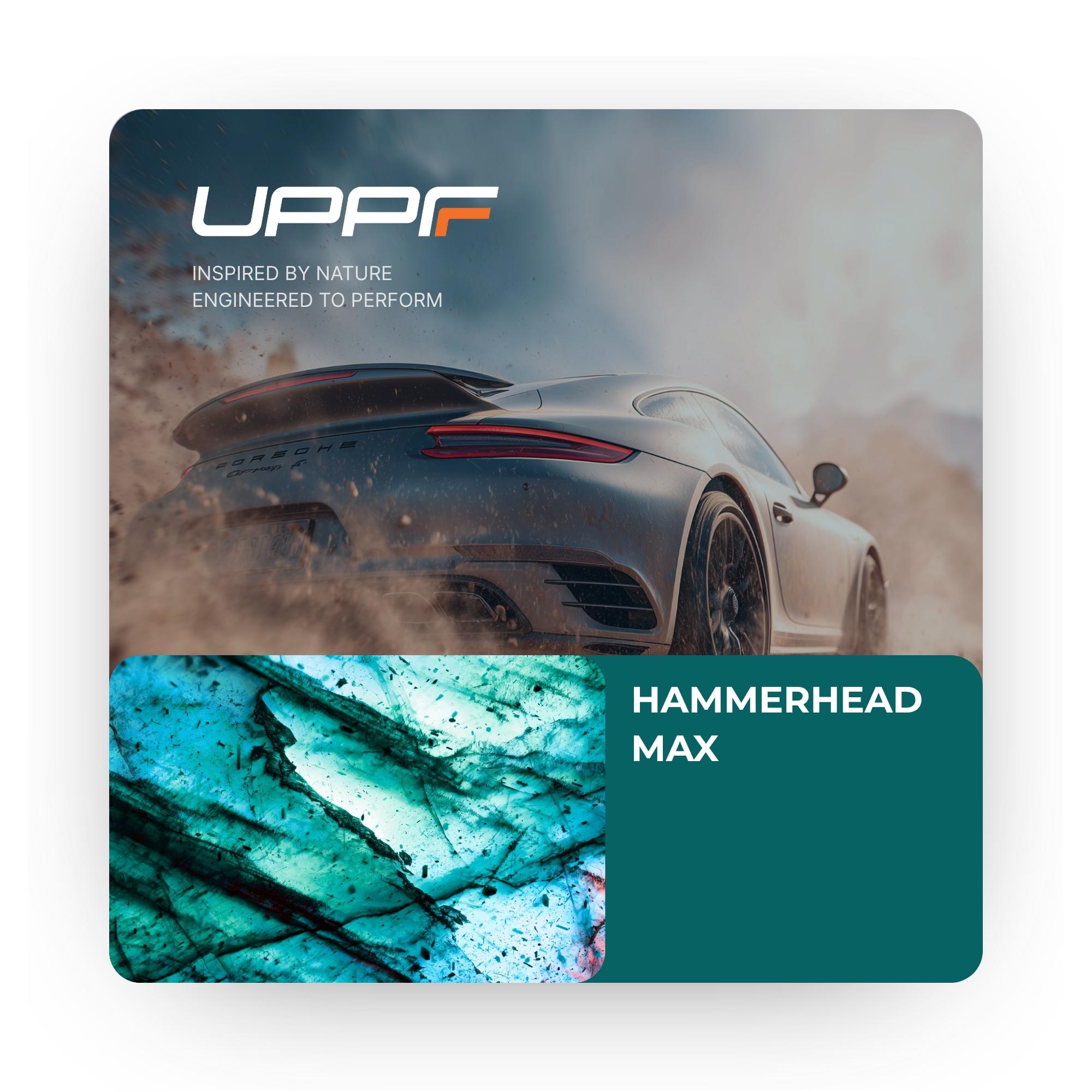
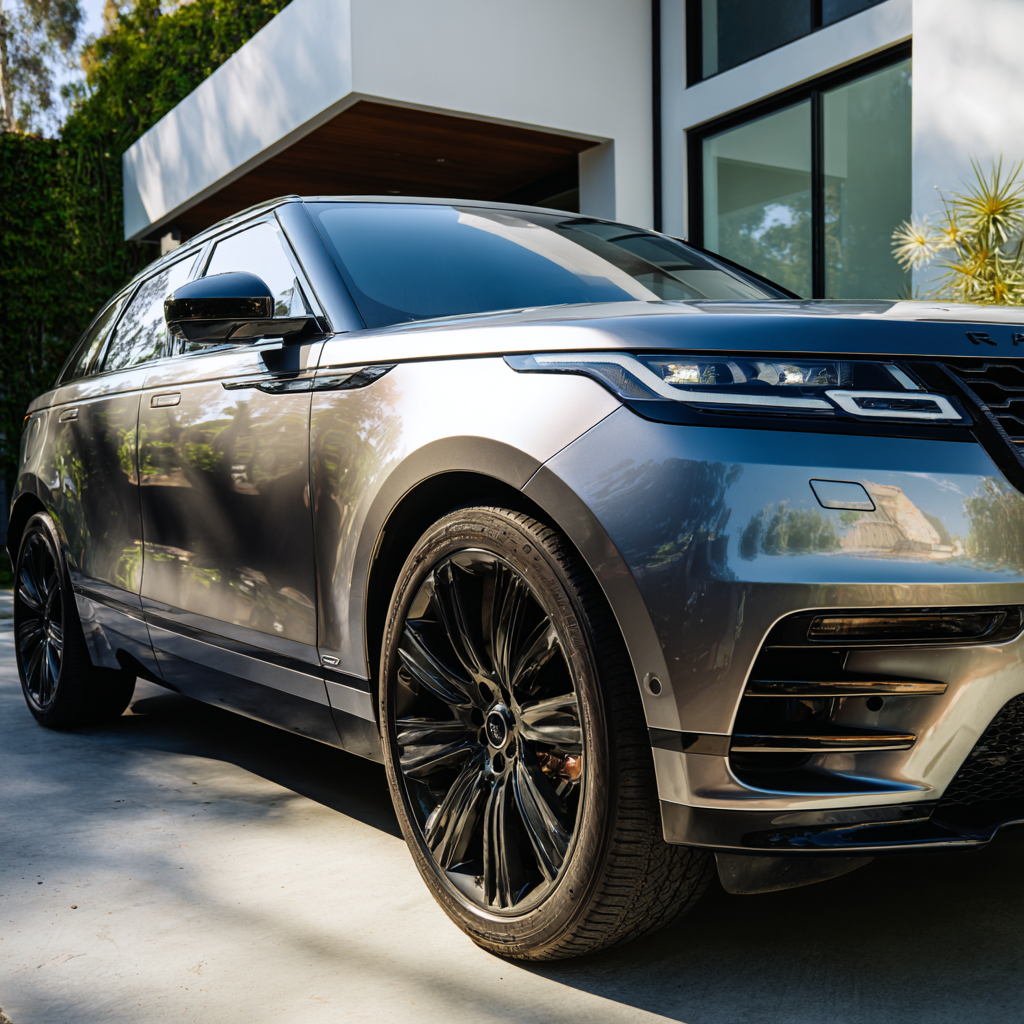

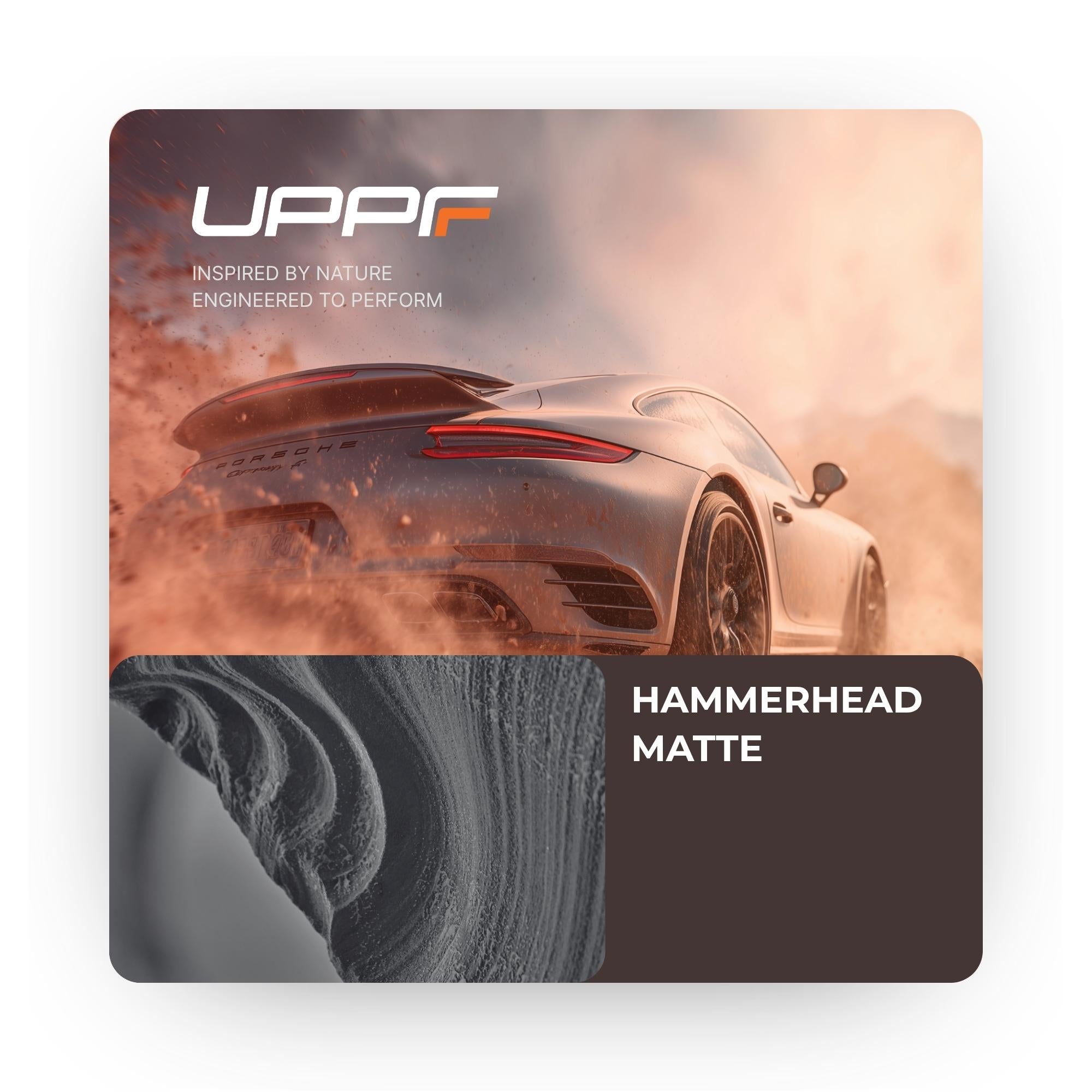

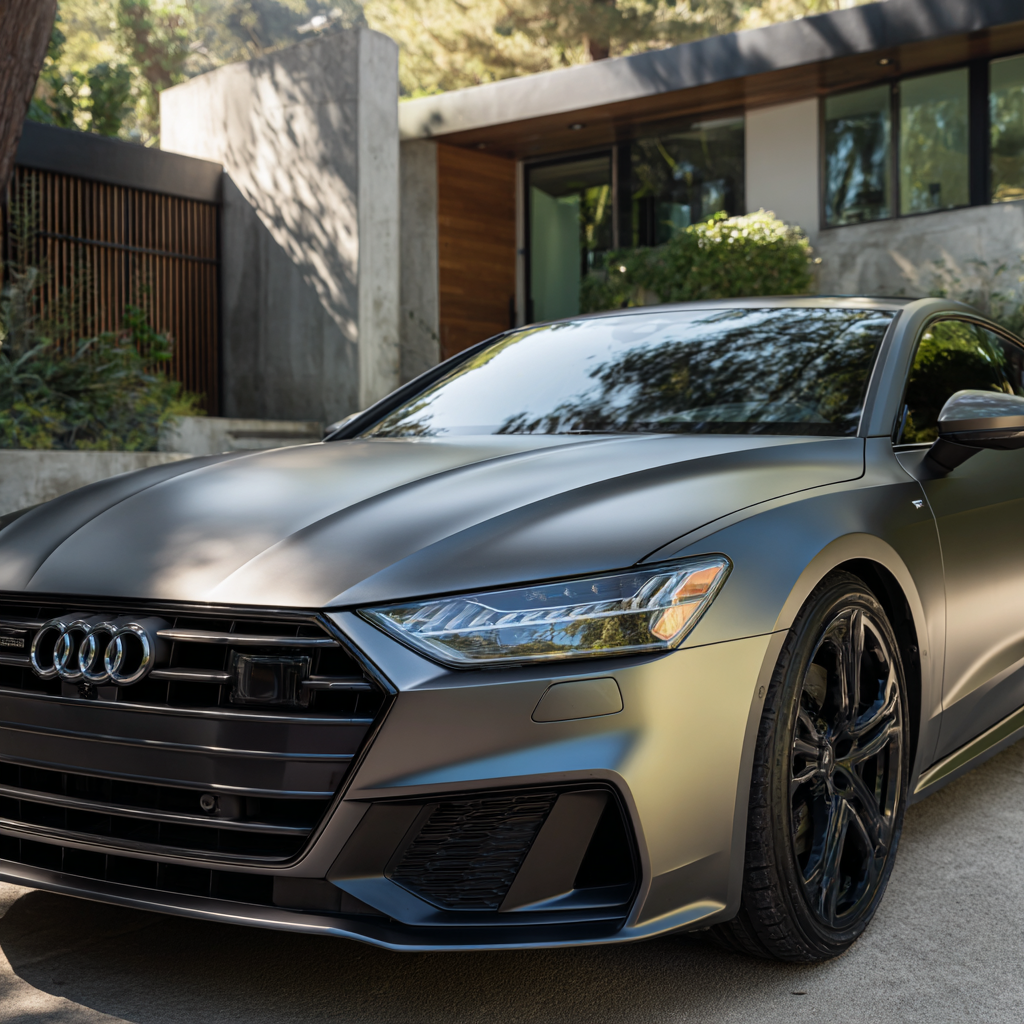
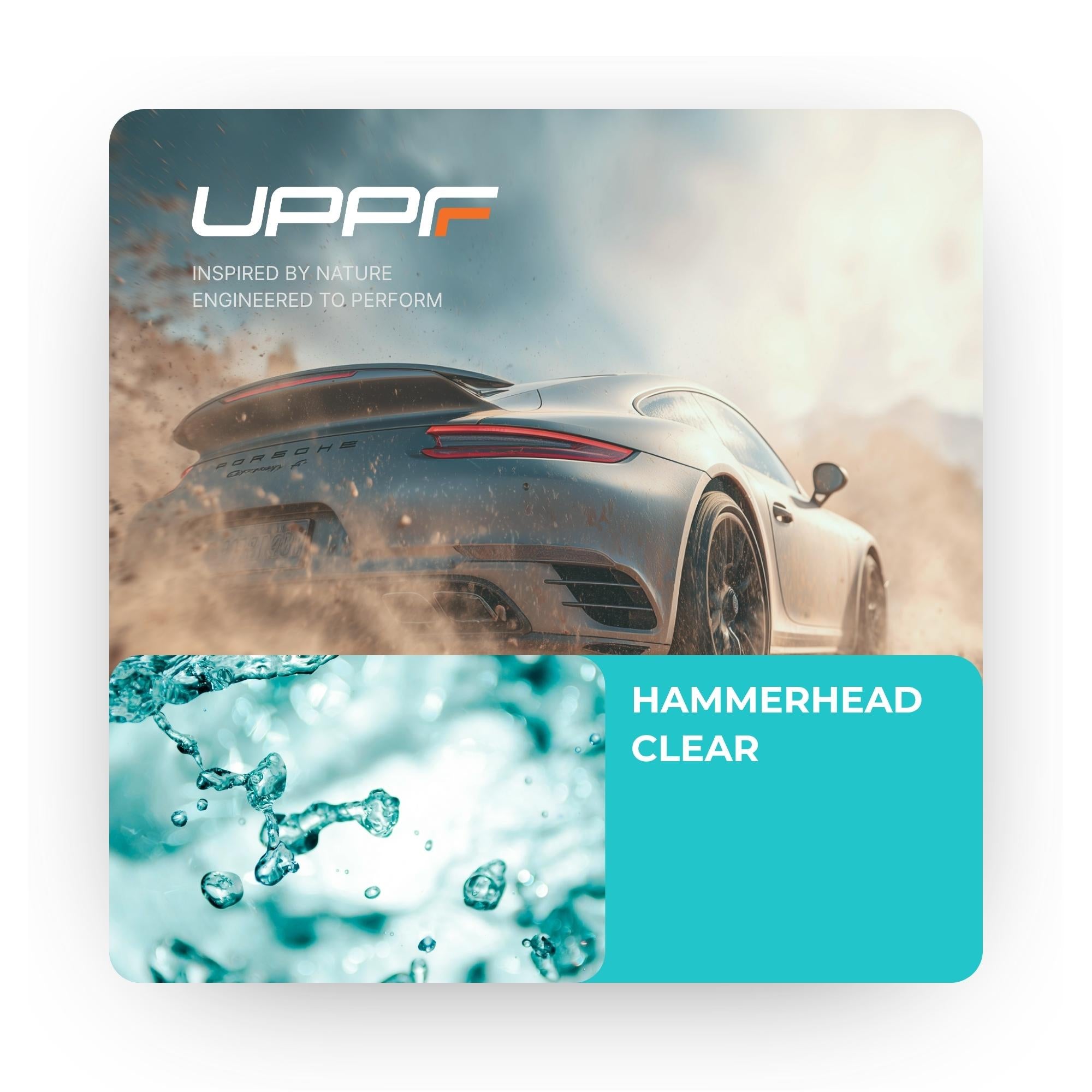


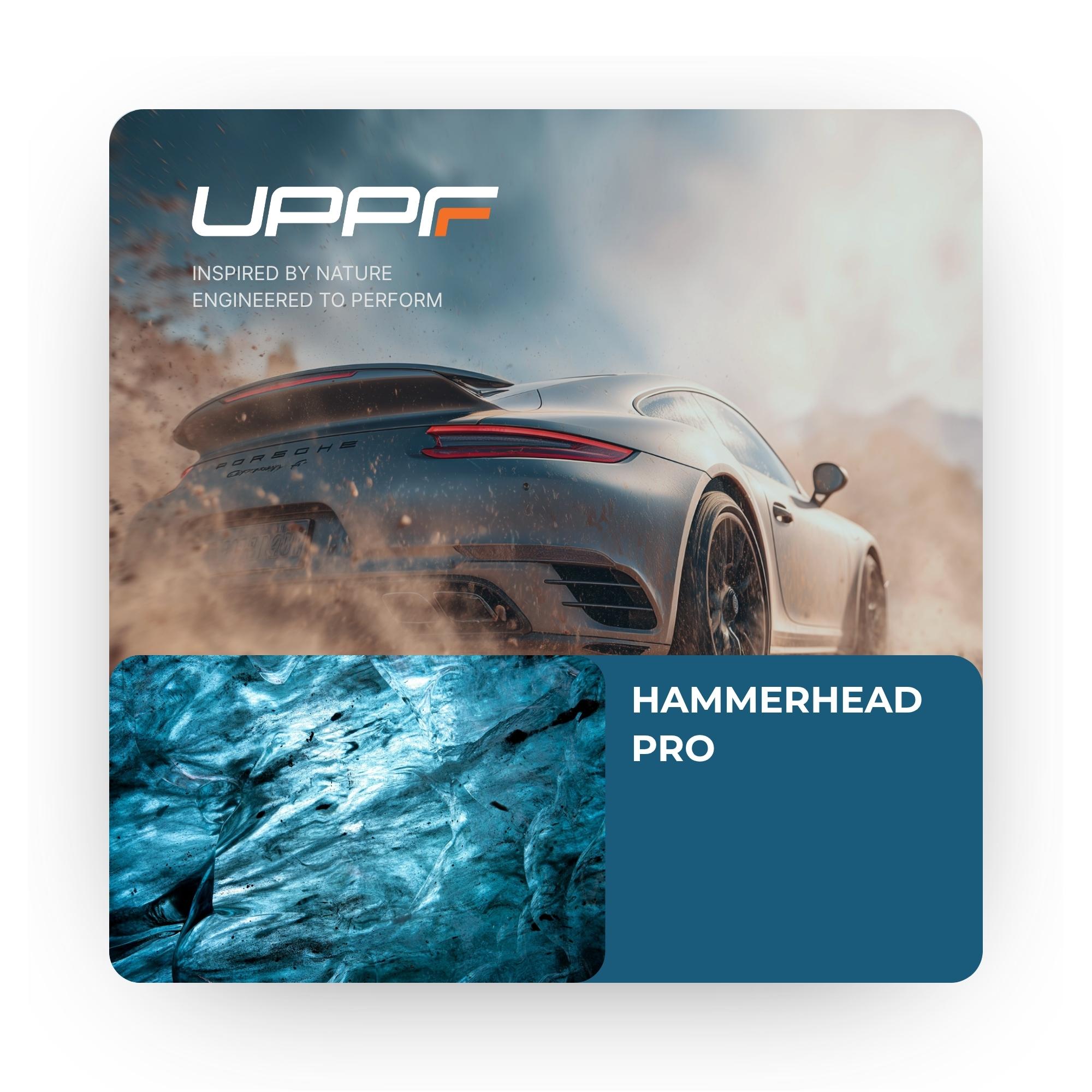



Share:
Is PPF worth the cost compared to other options?
2025 Miami Grand Prix